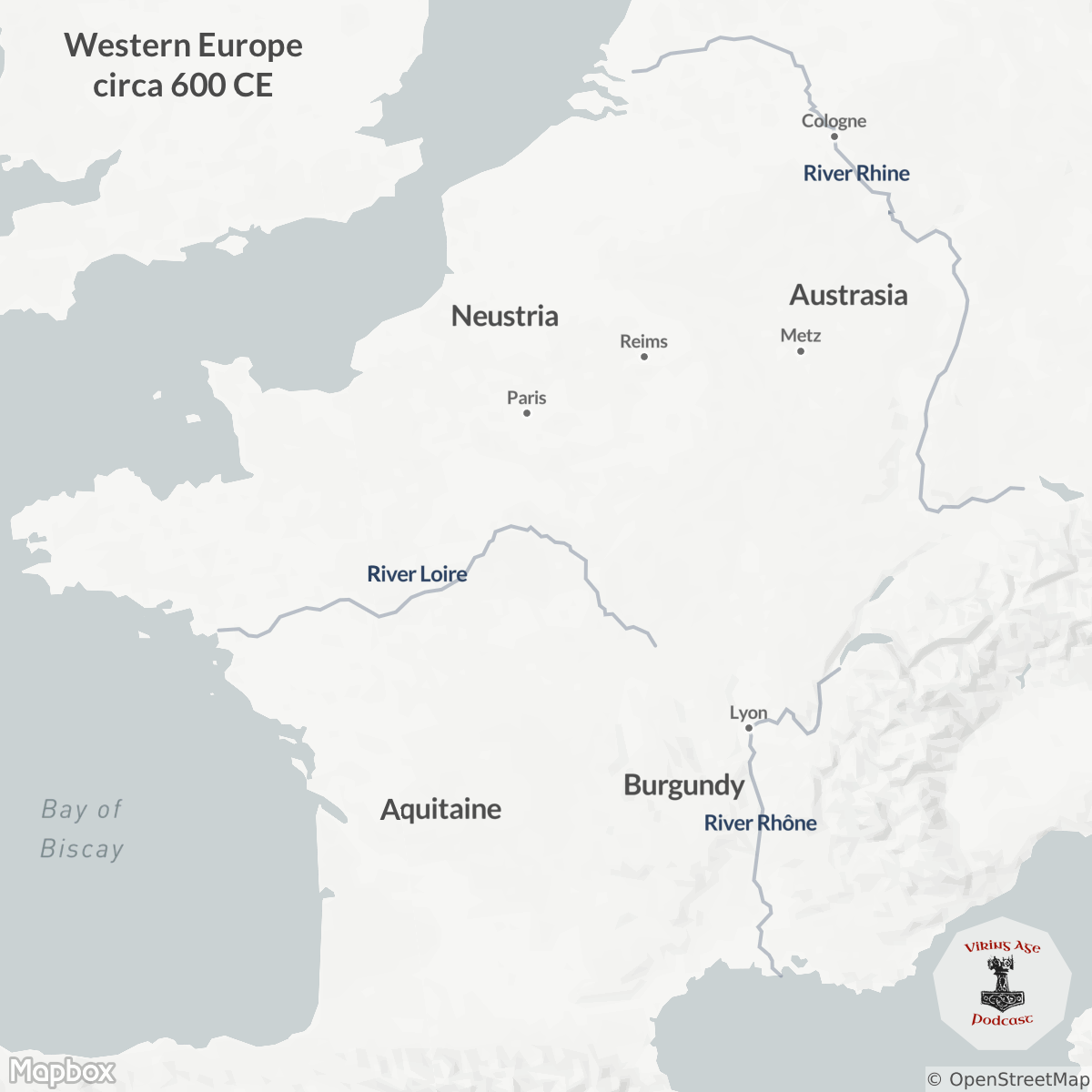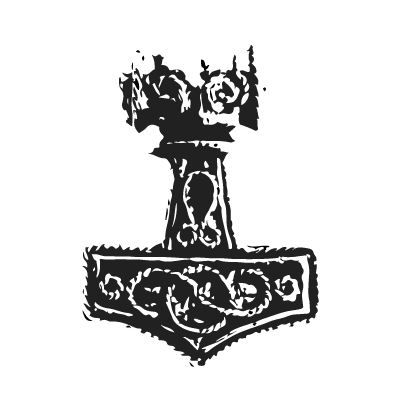Episode #24 - The Rise of Charlie the Hammer - Carolingian Viking Age II
- 3 minsThe Rise of Charlie the Hammer - Carolingian Viking Age II
In this episode we will explore the decline of Merovingian power and the rise of the Carolingian dynasty.
Specifically, we will see how a lack of strong Merovingian rulers in the 600s led to the unchecked rise of Aristocratic wealth and power - much of which was concentrated in the hands of the Mayor of the Palace.
We will then see happened when the Carolingian dynasty got their hands on this high office - and specifically the remarkable career of the first Carolingian ruler - Charles Martel.
Here is a map to help keep everything straight.

Last time, we introduced the Carolingian Viking Age and explored the Rise of the Kingdoms of the Franks which began with the unification of large swaths of the former Roman province of Gaul under the Frankish king Clovis in the early 500s. We then shifted our attentions to the rule of the royal dynasty which Clovis founded - the Merovingians.
By exploring the career of one particular ruler - Queen Brunhild of Austrasia - we were able to gain some understanding as to the nature of Merovingian rule in the land of the Franks. What we found was a political system where, over the generations, the land of the Franks was consistently divided between many Merovingian Kingdoms and rulers. Throughout Brunhild’s long reign we saw how this division led to constant quarreling, scheming and bloodshed amongst the descendants of Clovis - the Merovingians were not too keen on the whole brotherly love thing. That said, in spite of their division, we also witnessed how the Frankish Kings and Queens of this period were largely able to operate as strong and effective leaders. They improved their Kingdoms - building roads, churches and monasteries, they led their armies to war, and they fought to maintain a consistent balance of power between their own prerogatives and those of their leading magnates.
In short, we found that the Merovingians were a divided, but strong royal dynasty. Indeed for over 150 years they were able to successfully keep themselves at the top of the Frankish political ladder in the face of constant challenges from both their leading Aristocrats and members of their own families. Unfortunately for the Merovingians even stars burn out, and as I hinted at the end of the last episode - their exalted position was not to last.
Contrary to what we might expect, this shift in political fortune did not come about due to a sudden coup or a revolution. Nor was their fall the result of an inevitable collapse of power stemming from a poorly constructed political system. Rather, the fall of the Merovingians was caused by a series of weak rulers - many of them only children - who failed to check rising Aristocratic wealth and influence. The result was a situation where the descendants of Clovis were slowly but surely pushed to the margins of Frankish political power and effective power passed from the hands of the King into those of his leading Nobles.
Specifically - lacking a strong monarch with whom they could cultivate influence, over the course of the early 600s, Aristocratic ambition came to center around specific Royal Office - the Mayor of the Palace - and by the late 600s it was these Mayors, rather than Merovingian Kings, who held true power in the Frankish Kingdoms. It was this situation which opened the door for the rise of the Carolingians in the early 700s. This process is what we are going to discuss in this episode.
Like what you hear?
If you like this episode you could do a huge solid for all of us here at the Viking Age Podcast and spread the word on social media with the links below!
